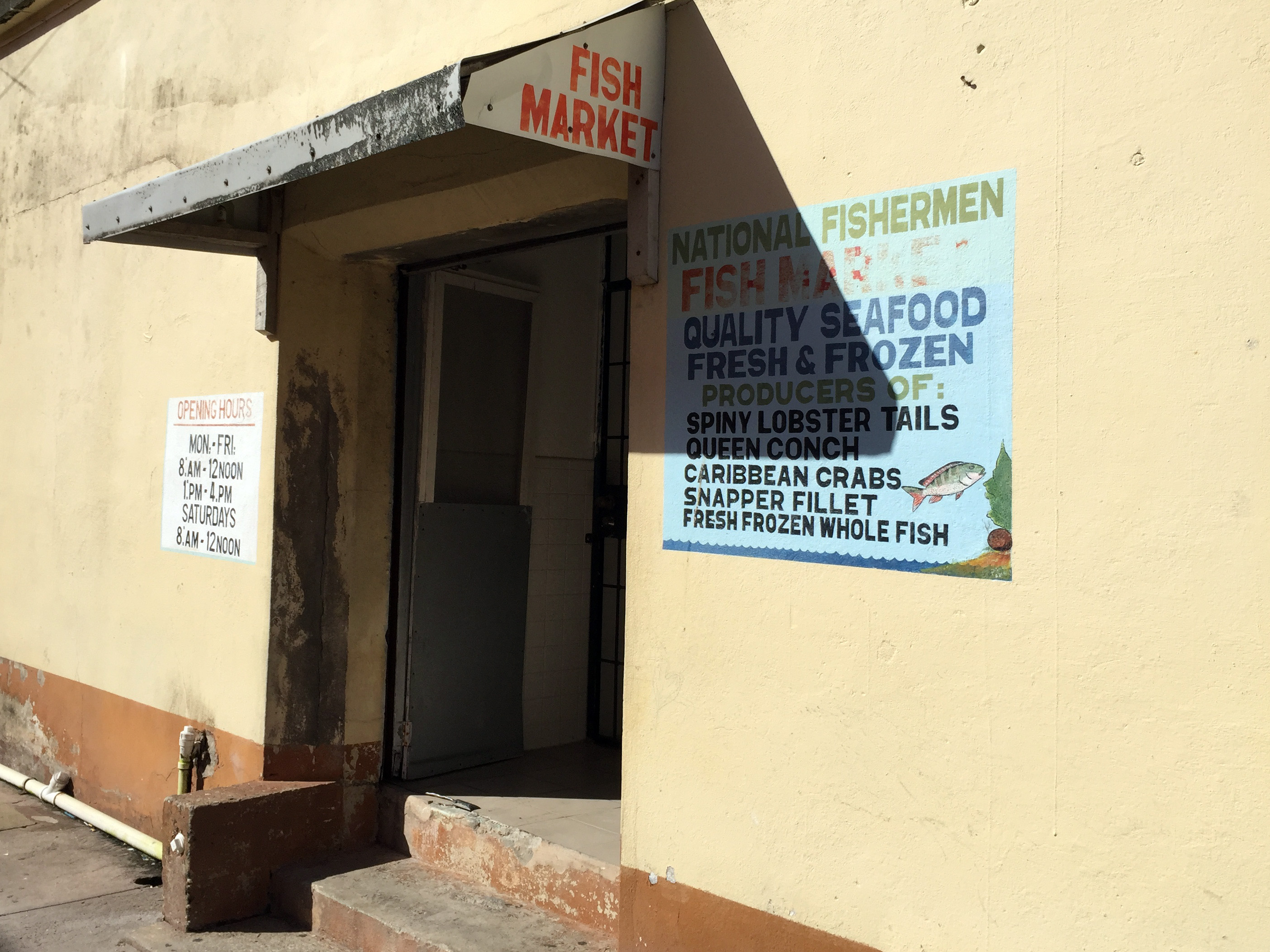
Want to implement electronic traceability in seafood supply chains? Grab a hair net, some rubber boots, and tie on a smock. Rather than beginning with the technology, our Global Operations team can share that transitioning seafood supply chains from data-poor to data-rich starts with getting your feet wet—literally.
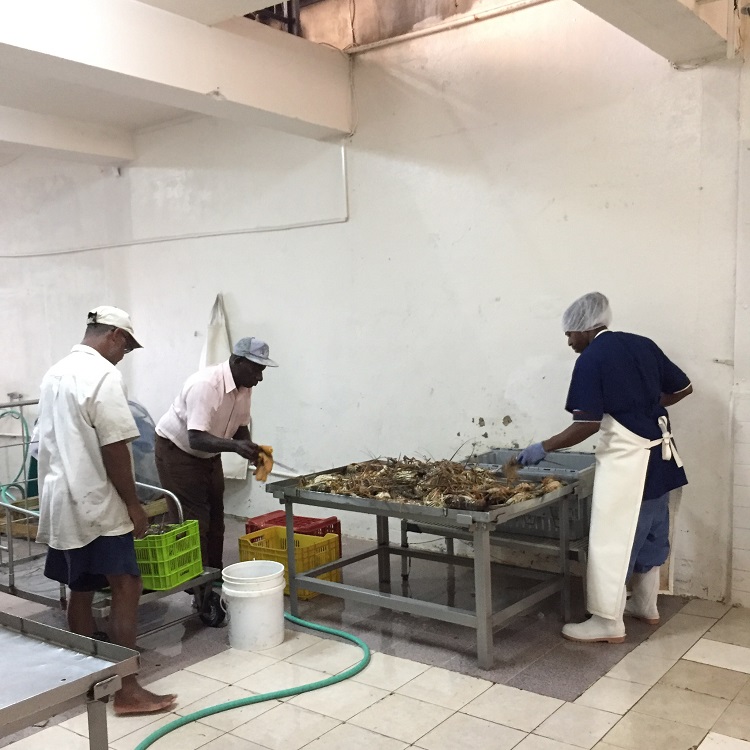
This is how we found ourselves on a recent November morning following a very-patient Quality Control manager around the floor of his processing plant in Belize City. Jason works for The National Fishermen Cooperative Society Limited (NFC), one of four fishing cooperatives in Belize. Julie Robinson, head of The Nature Conservancy’s (TNC) Ocean Program in Belize notes that, “NFC has been taking the initiative on their own, without any assistance by outside parties to make changes to the industry to make it more sustainable.” Established in 1966, they have a strong track record for abiding by fisheries regulations, refusing to accept undersize or out-of-season lobster and conch and are working to implement electronic traceability as a key step towards boosting value of their products and improving business practices.
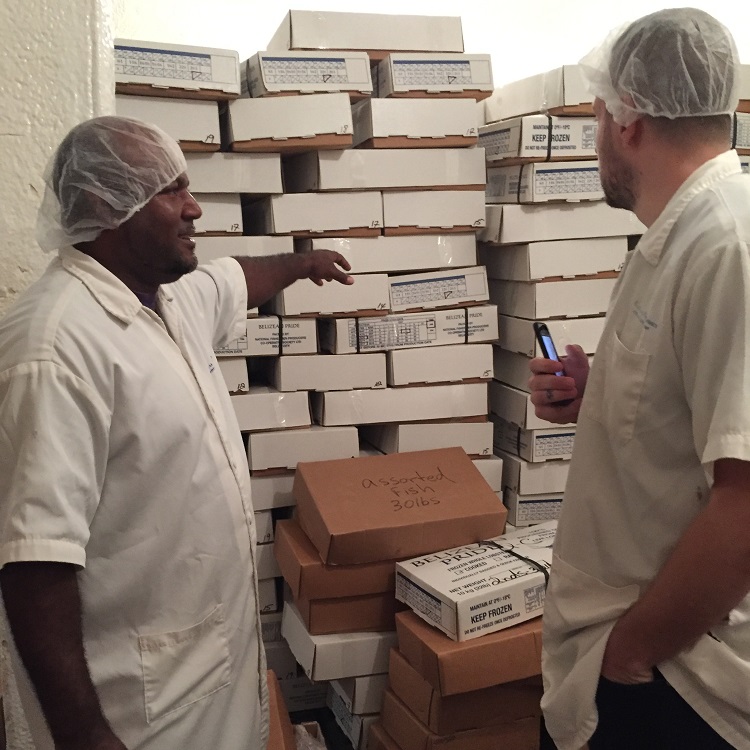
Belize is a small country with big commitments to conservation: over a quarter of the country’s land and water is protected, including more than 150,000 hectares of marine reserves. With hundreds of species of fish swimming through its waters, Belize depends on fishing as an important part of the economy. An estimated 3,000 fishers are employed in the sector, which is dominated by exports of spiny lobster, conch, and farmed shrimp.
Strong management provides the opportunity to stabilize lobster and conch populations while allowing fishers to keep fishing, but climate change and other pressures mean increases in harvest are unlikely. Co-ops like NFC will need to find other ways of adding value to their product in order to survive. This may mean finding ways to capture stories around the sustainable practices of lobster and conch fishers in Belize and sharing them down the chain with the consumer. Or, it could mean helping NFC increase their operational efficiency and try new product types. Both options would benefit from implementation of better data capture and sharing systems. Julie Robinson commends the co-op for its vision: “NFC is willing to make changes to their business and they recognize that initially there will be costs, but they are wise enough to know these changes are needed for a sustainable fishery.”
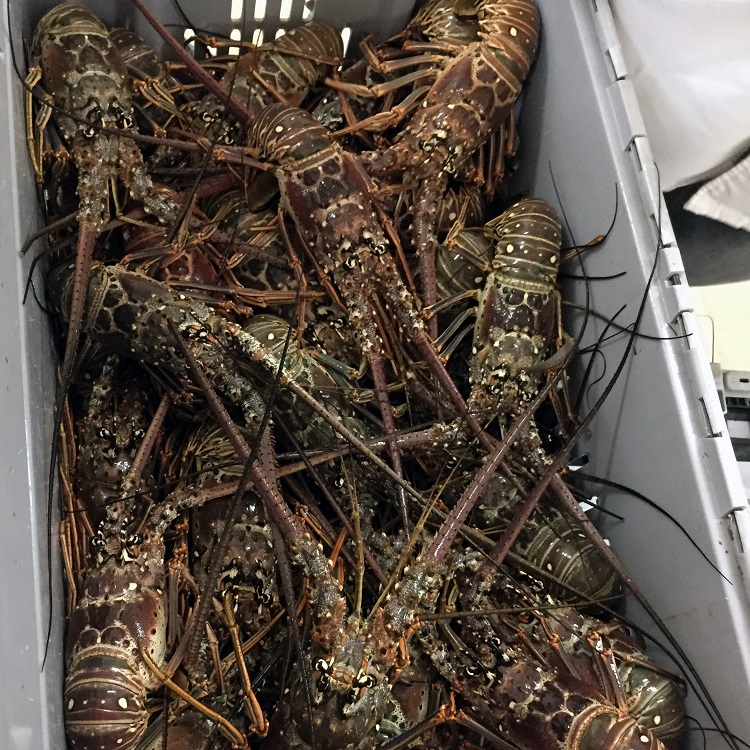
Electronic traceability systems will allow NFC to have access to robust, accurate data quickly, with which it can better market its product and conduct internal business analyses. Since the spring, Future of Fish has been working with TNC and NFC to co-design a strategy for electronic traceability implementation within the supply chain. Our recent trip in November focused on collecting the final pieces of data we needed to help NFC execute a Request for Proposals (RFP) to technology vendors. This process helps seafood companies identify, and then articulate, their specific data needs so that tech vendors can respond with proposals of products and services that best fit those needs. In addition, by releasing an RFP, tech vendors are encouraged to work together, pre-competitively, to submit joint proposals. Coordinated proposals among tech vendors helps to increase interoperability of different systems that can provide different types of traceability functions.
But crafting a robust RFP requires detailed knowledge of data expectations, needs, and product and work flows; and thus, we followed Jason through NFC’s processing plant, documenting every small step in a lobster’s journey from landing at the dock to final placement in the “Belizean Pride” boxes they are packed in before export. NFC exports four types of product, mostly to the US: “whole green” (uncooked) lobster, whole cooked, lobster tail, and conch. Each product type has a slightly different processing pathway, so Jason walked us through each one as we noted positions of power outlets, placement of staff and processing equipment, and other logistical details that influence how to design a smooth transition from paper to electronic data capture systems.
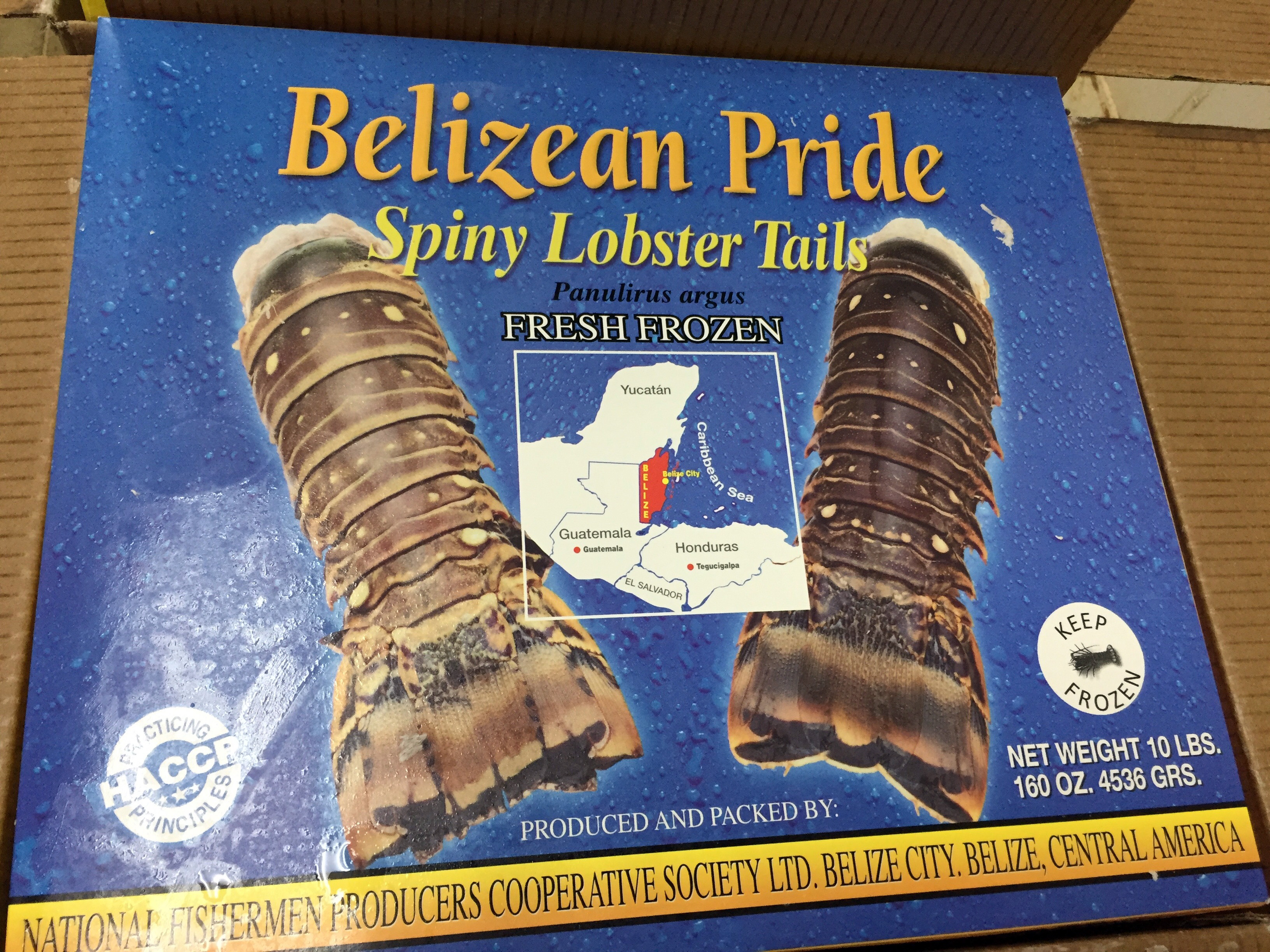
NFC has been remarkably diligent with their data recording, but currently it is all done on paper – they have over 30 years of receipts, documenting the daily catch of their individual members. In rolling out traceability in their system, many changes will need to be made, and their willingness to work with us to document the location of every scale and discuss their needs, is a testament to their dedication to make this happen. As Elmer Rodriguez, Chairman of the board, explained: “traceability will guarantee that our product is a quality product.”
We are confident NFC will find success in this effort. Building off several months of research through our Fishery Development Model (FDM) process, we are excited to support NFC in the release of the RFP in coming weeks and then assist with the transformation of their business from paper to digital systems. Stay tuned for updates as this work progresses.



